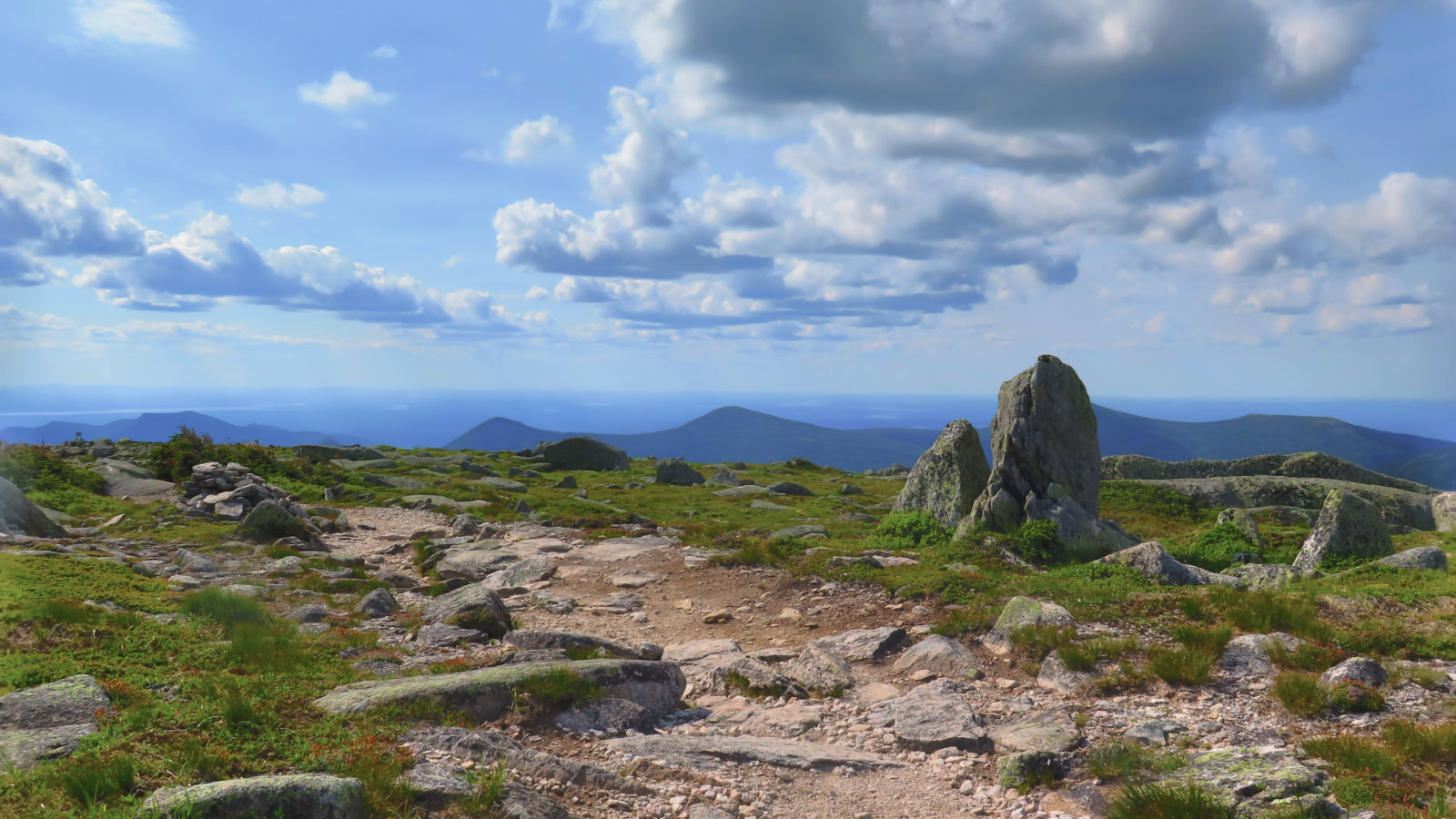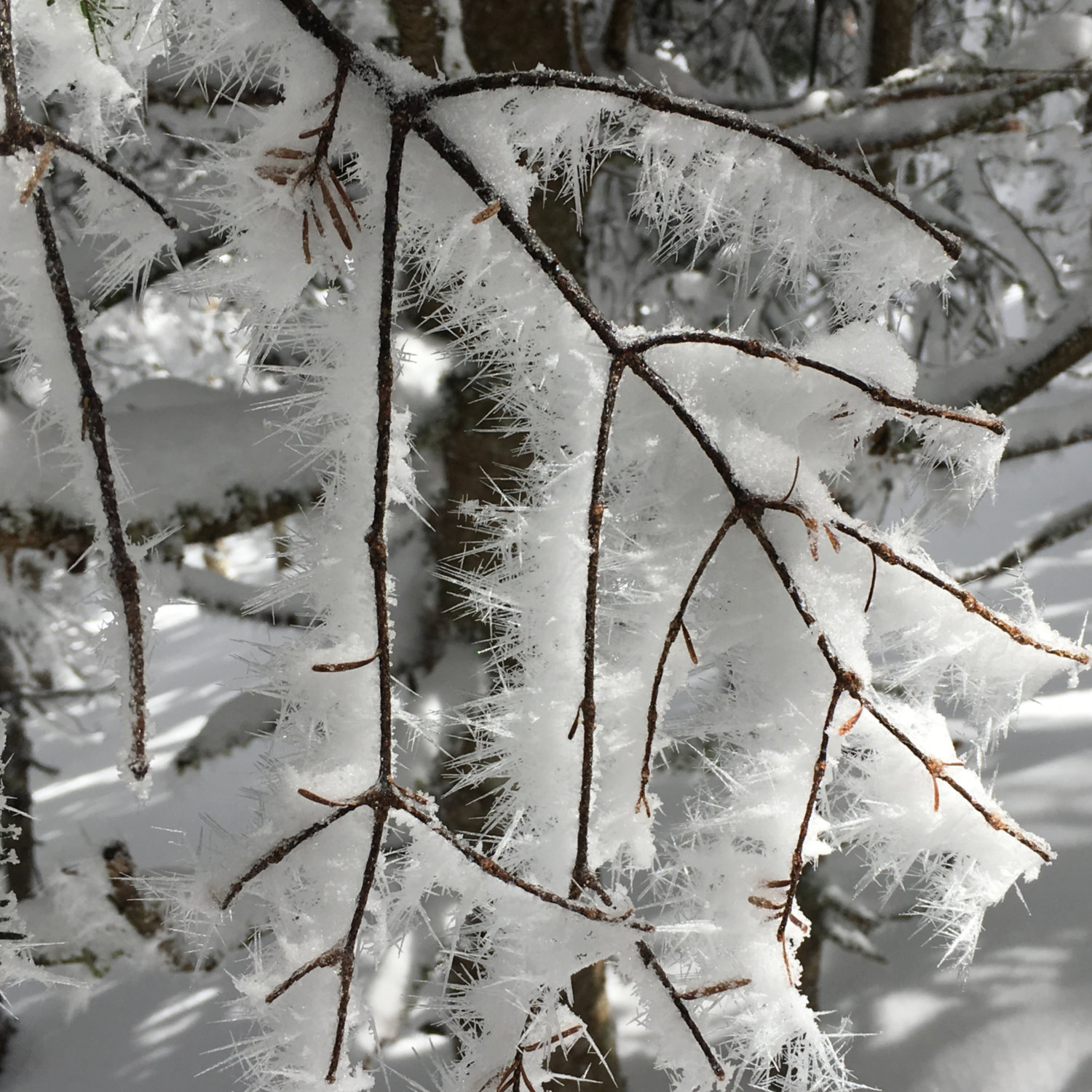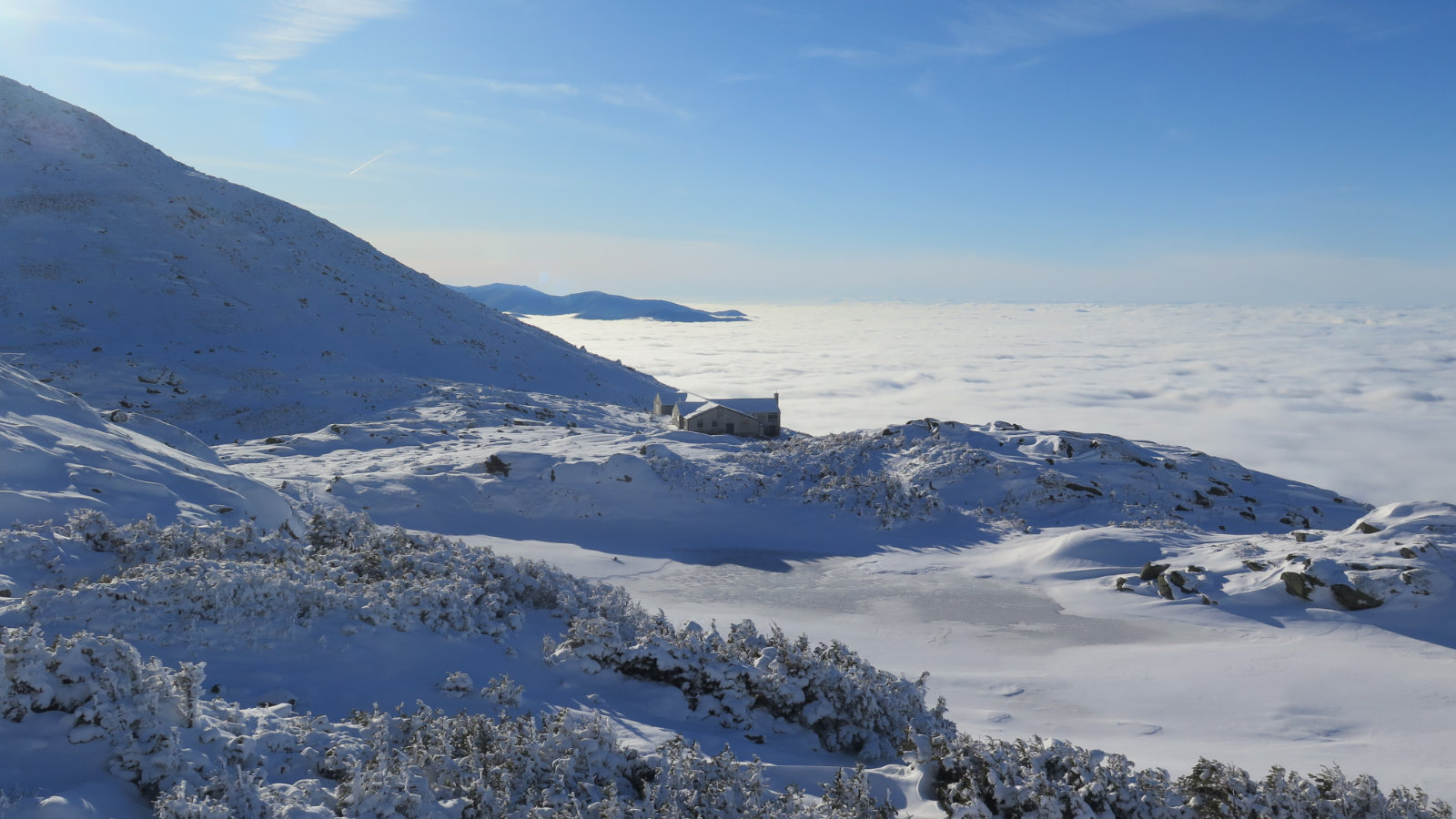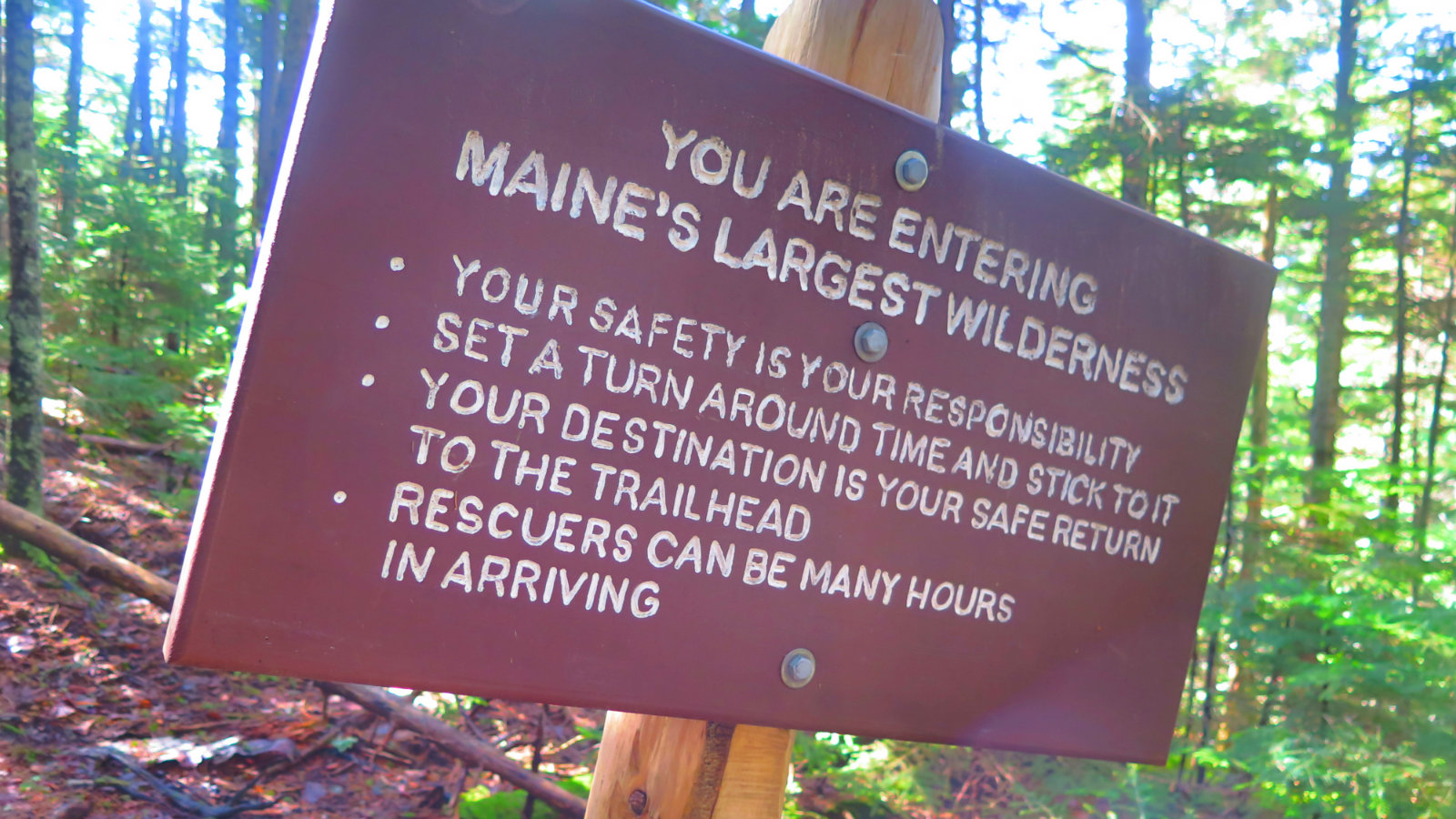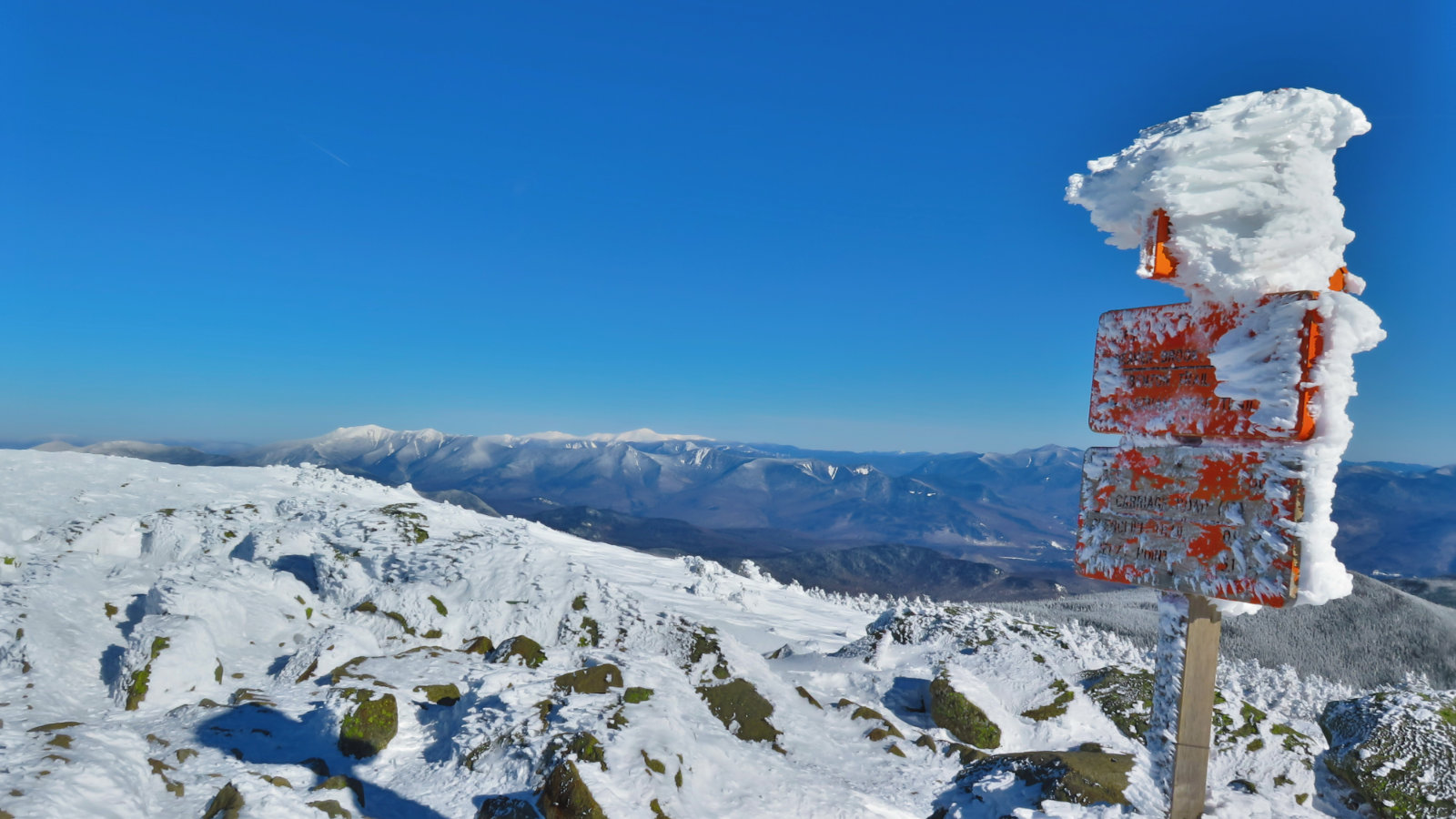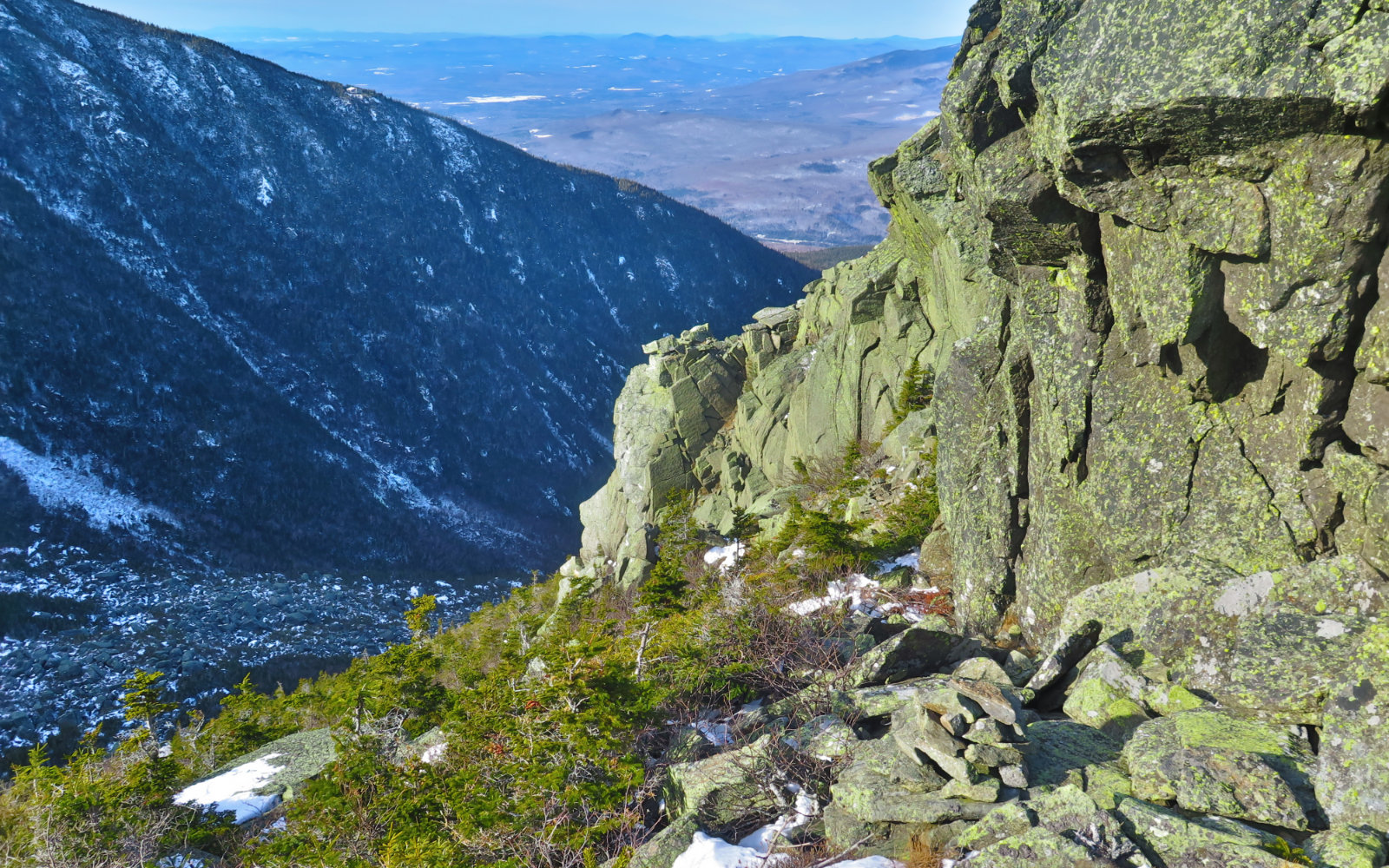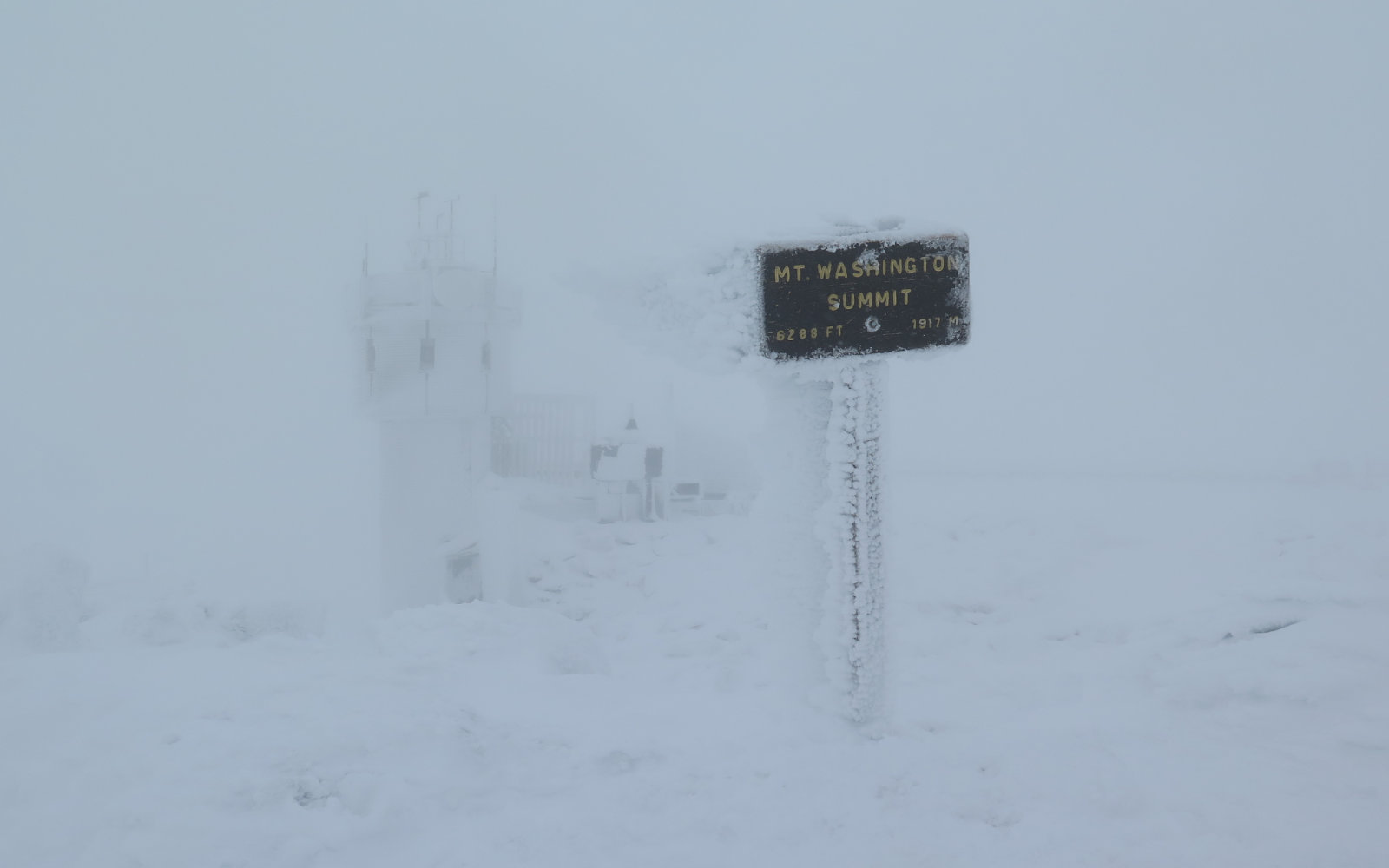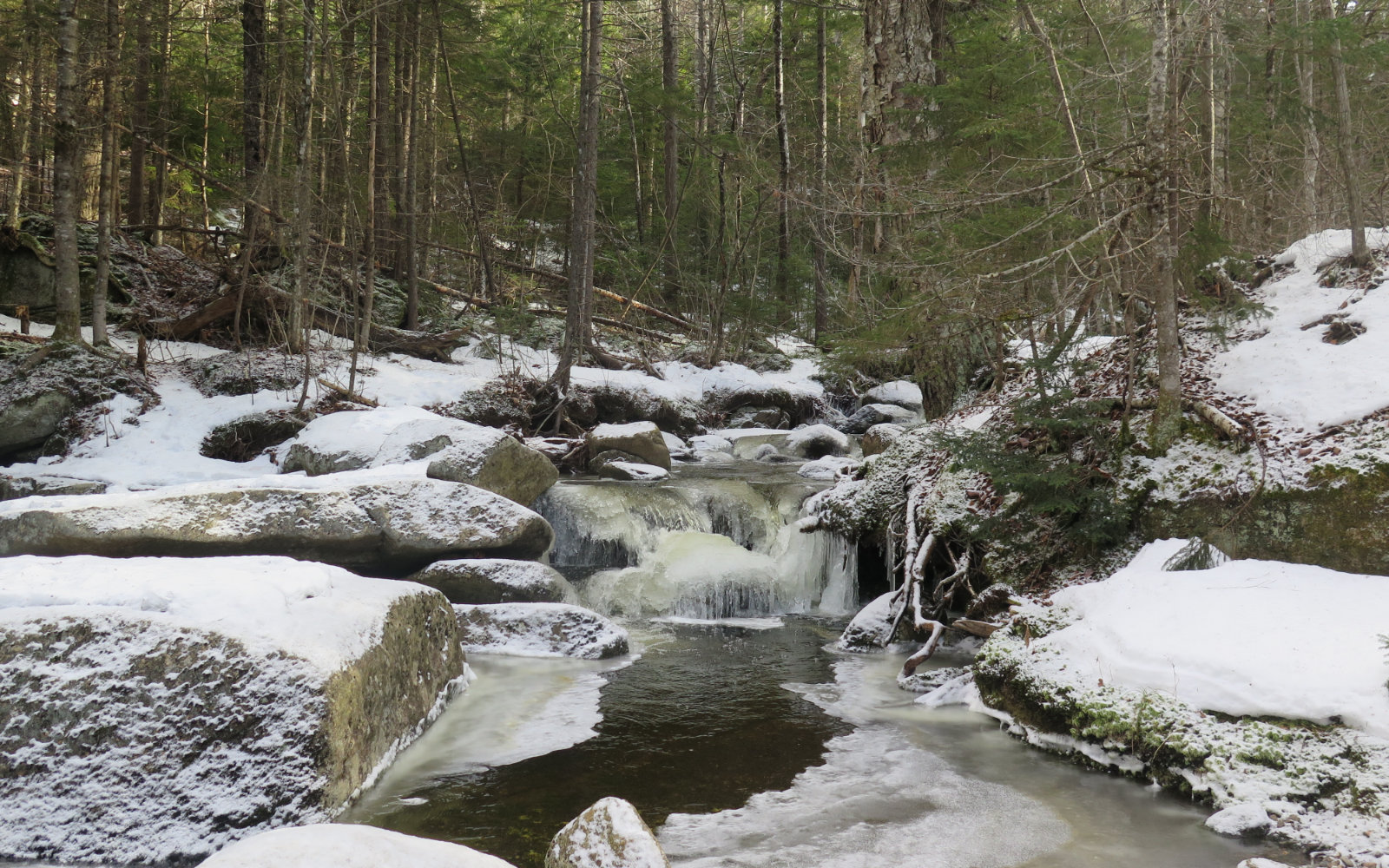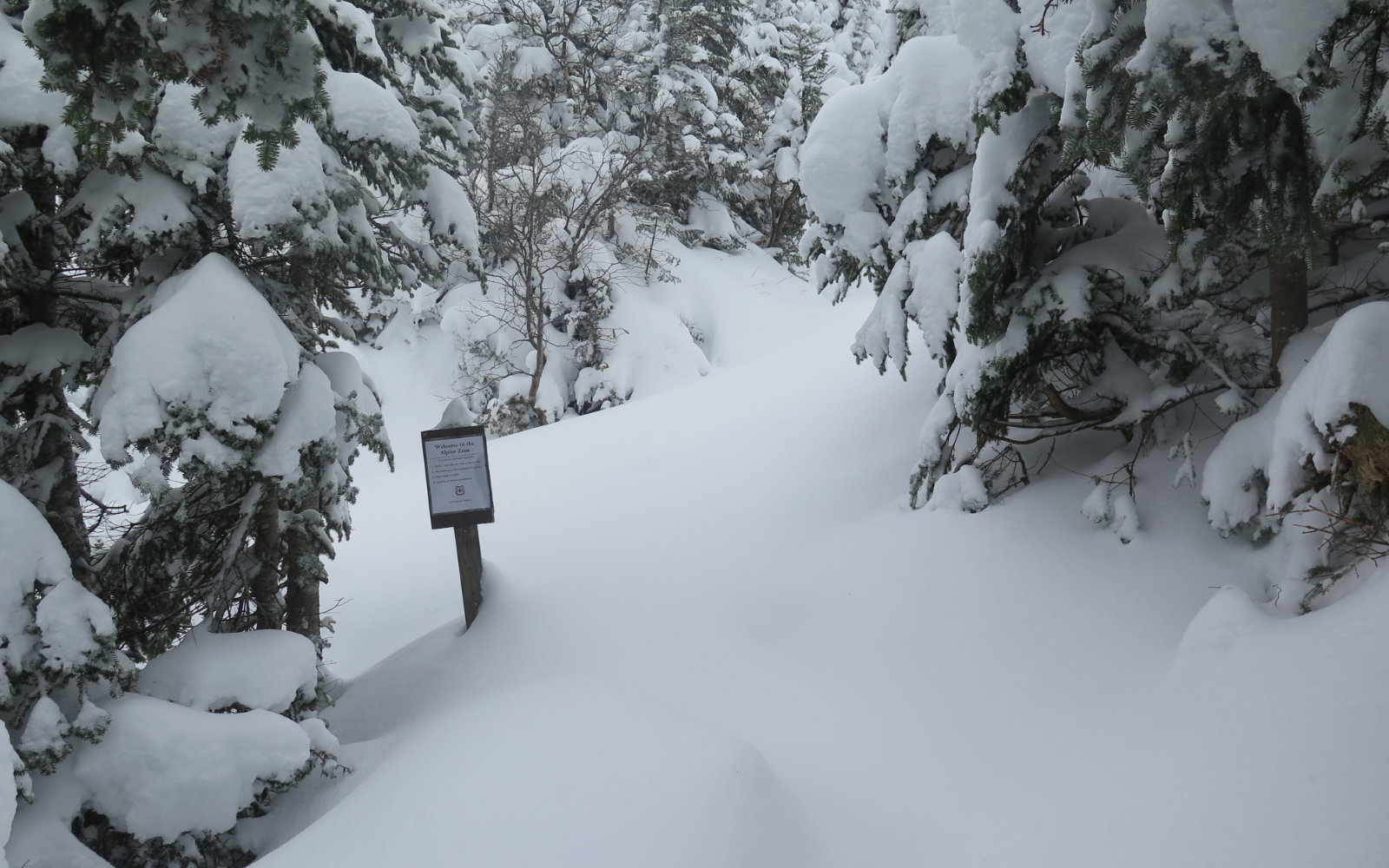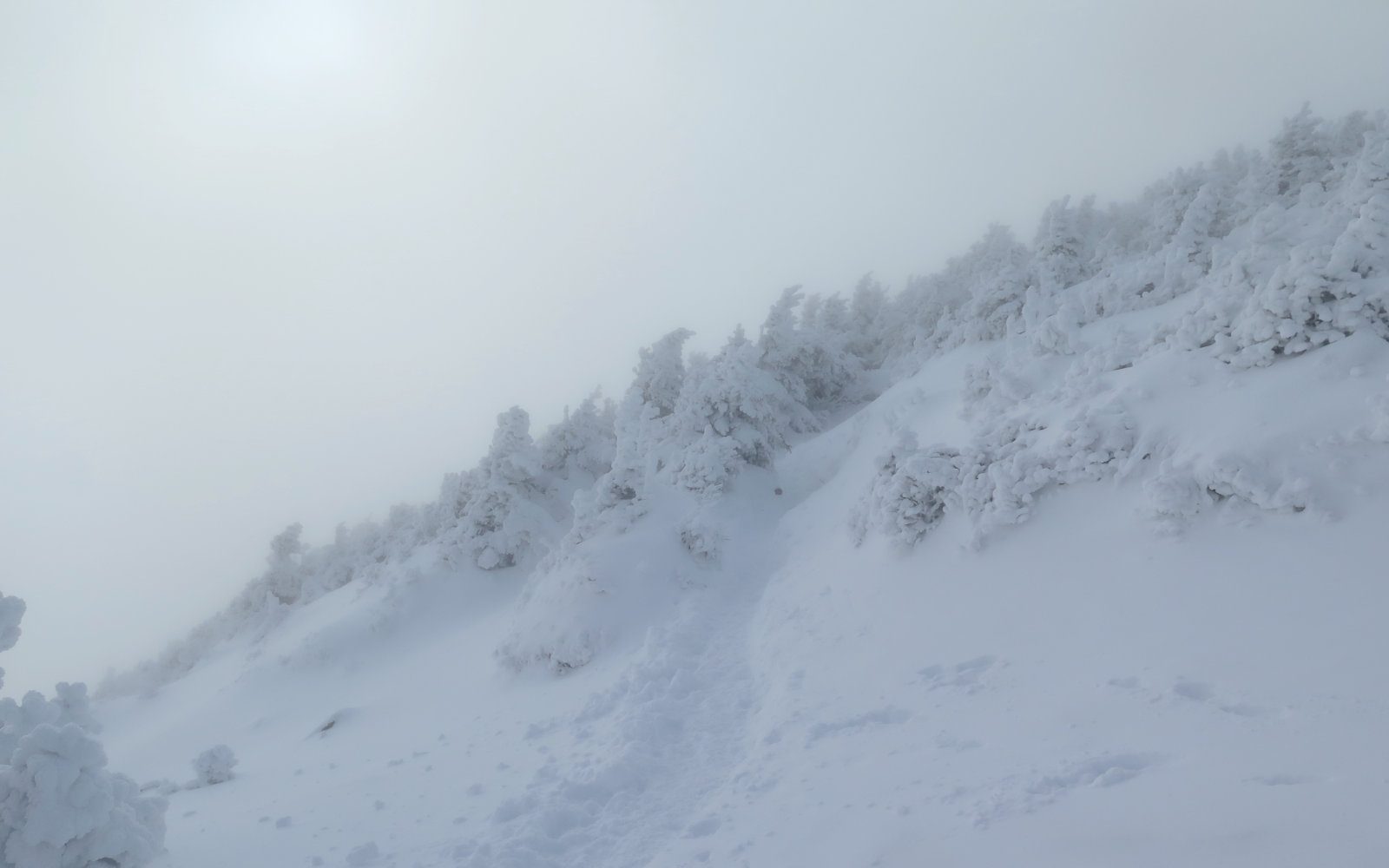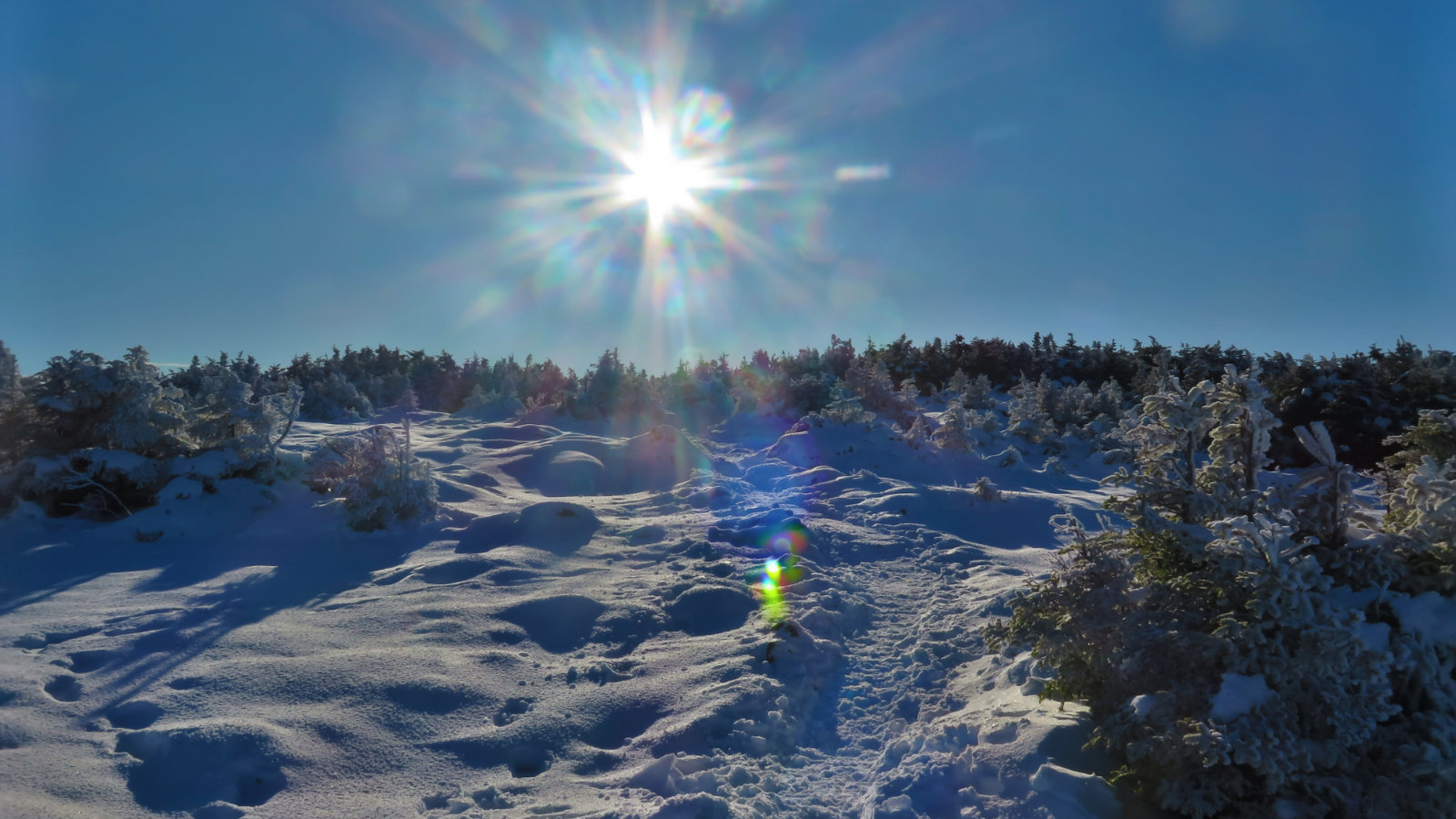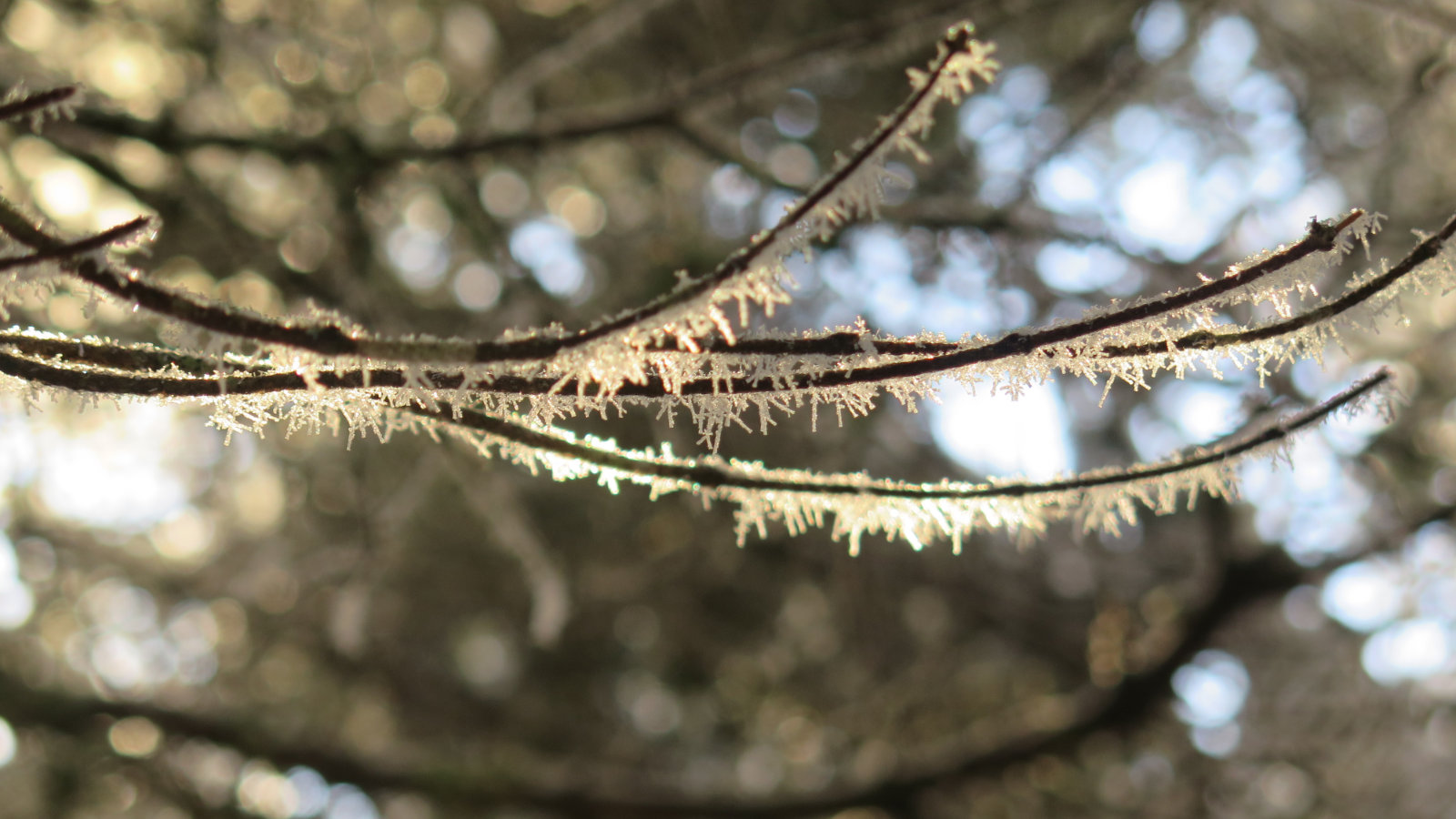Taking good photos isn’t hard. With practice, anyone can do it. Here’s how I take some of my best photographs on the trail.
Hiking
Hiking safety in winter requires good clothing choices so you can stay warm. Layering, what kind of fabrics, and how to wear and use them all come into play. Here’s a discussion of strategies to keep you warm.
Warm hands on a cold day make all the difference in the world. I review two different mittens from Outdoor Research.
Staying safe when hiking isn’t just about the trail, it’s also about the approach, and the return home.
Among the ten essentials for safe hiking is warm clothing. That’s just part of the equation. Here are some strategies for staying warm and dealing with the cold.
You need to be ready. Once in awhile, you actually get good winter weather in the Presidential range. When it happens, all is good.
Mt Washington doesn’t give up the goods easily, but if you’re patient, perhaps you’ll get lucky. But be prepared for snowy, whiteout conditions.
North and South Kinsman offer great views, an easy ascent, and a quick and painless traverse across the col. What’s not to like?
In the Whites, and especially on Mt Washington, summiting should always be optional on a winter hike. Sometimes, you’re just breaking trail for those behind you, and the summit will just have to wait.
Cannon is, at times, less than predictable. But it can still show you a good time.
Mt Pierce felt easier than Mt Monadnock’s White Dot, but that doesn’t mean it didn’t bring anything else to the table. Quite the contrary, as I saw…
An antipodean hike with both sunny and cloudy conditions — a bluebird afternoon with almost limitless views… of clouds below.
